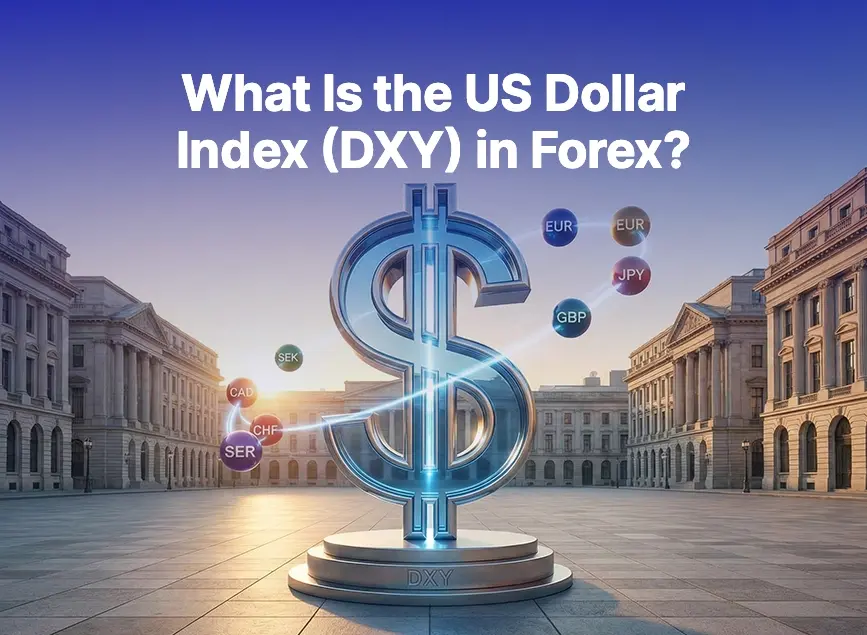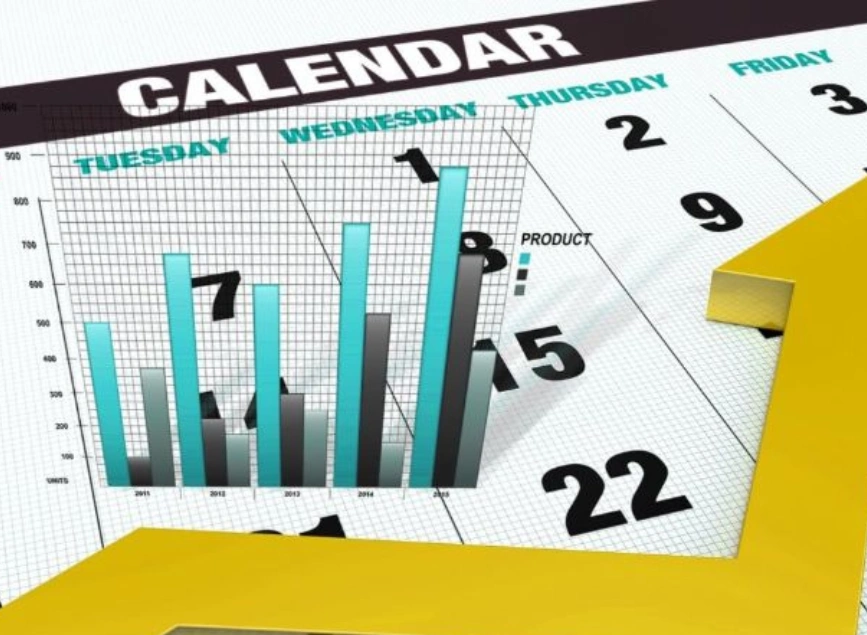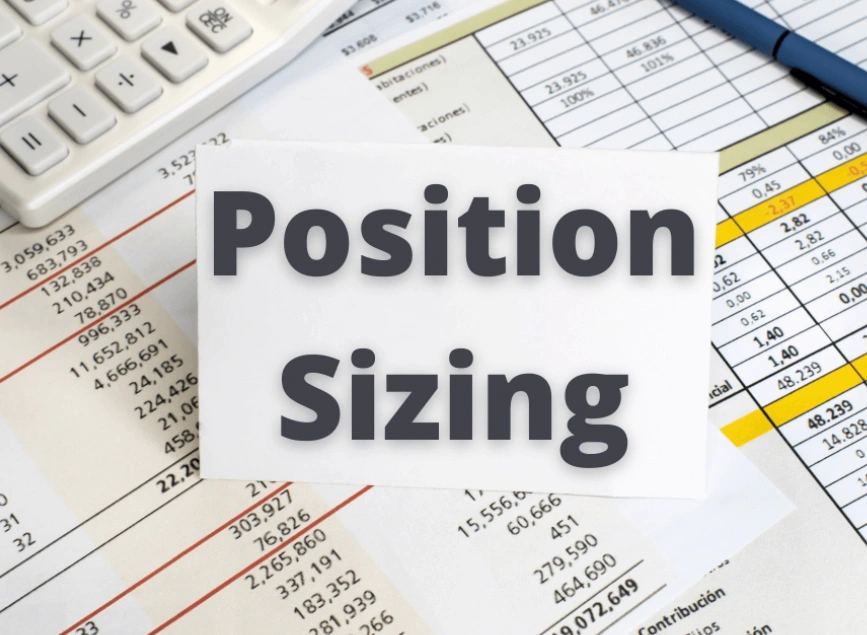
Avoid These 3 Seasonal Forex Mistakes in 2025
Estimated reading time: 3 minutes
Table of contents
You’ve probably noticed the Forex market feels different in July than in January. That’s no accident, it’s seasonality at work. A strong seasonal strategy in forex uses those patterns to generate signals when certain currency pairs tend to move predictably.
In this post, we’ll uncover the key seasonal trends in Forex, how they produce actionable signals, and how you can use them, without relying on fluff or guesswork.
What Is a Seasonal Strategy in Forex?
A seasonal strategy in forex means spotting repeating annual patterns in currency behavior, like USD/JPY rising in October or EUR/USD weakening in January—and using them to place informed trades.
These patterns are rooted in:
- Economic cycles & fiscal calendars
- Commodity seasons (e.g., oil, metals)
- Holiday effects and liquidity changes
- Tax flows, repatriation, and corporate window dressing.
Top Seasonal Patterns & Signals
🟢 USD/JPY: April & October Surges
- April: Start of Japan’s fiscal year, corporates repatriate yen → yen strengthens .
- October: Traders reposition ahead of end-year, leading to price shifts.
Seasonal signal: Buy yen in March/September as these windows approach.
🟡 EUR/USD: January Lows → Spring Rally
- USD strengthens in January (“January Effect”) → EUR/USD tends to dip.
- Euro often bottoms in mid-February and rallies into April.
Signal: Consider long EUR/USD in late February with confirmation from technical indicators.
🟠 AUD/USD & CAD/USD: Commodity-Driven Cycles
- AUD/USD gains in March–April (commodity year-end boost); weakens in late summer.
- CAD/USD strengthens Nov–Feb on winter oil demand; softens May–Aug .
Signal: Watch commodity calendars to time seasonal trades in aligned currency pairs.
Read More: Understanding Volume in Forex Trading
📌 Real Trader Insights
“April is far from the worst months…Depends on strategy.”
“Lots of people take holidays in the summer…markets become choppy.”
These everyday observations reflect real-world seasonal challenges, like lower liquidity or erratic price action during summer and holiday periods.
How to Build a Seasonal Forex Strategy
- Historical analysis
- Study 10–20 years of data (e.g., trading calendars).
- Combine with technical confirmation
- Use MACD, RSI, or moving averages to validate entry points.
- Monitor economic events
- Align seasonal setup with rate decisions, employment reports, or commodity releases.
- Use proper risk management
- Seasonal trades can fail: set stops, size smartly, expect deviations.
📊 Seasonal Strategy Cheat-Sheet
| Month/Pair | Seasonal Signal | Trade Tip |
|---|---|---|
| Jan–Feb / EUR/USD | Strong USD → EUR bottoms | Go long EUR/USD in late Feb |
| Mar–Apr / AUD/USD | Commodity-driven AUD gain | Enter long AUD/USD after technical confirmation |
| Apr / USD/JPY | Yen strengthening | Short USD/JPY in early April |
| Oct / USD/JPY | Year-end positioning | Short USD/JPY in Sept-Oct |
| May–Aug / CAD/USD | CAD dips on summer season | Short CAD/USD in summer |
Summary
A seasonal strategy in forex can offer valuable trading signals, especially when combined with technical analysis and sharp risk controls. While past data isn’t a promise of future results, it provides a strong statistical edge when applied wisely.
👉 Your next step: Choose one currency pair, backtest its seasonal trend, add technical filters, and start with small trades. Comment below to share your first setup or lessons!
❓ FAQ
1. Do seasonal patterns guarantee profits?
No. They offer statistical edges, but must be paired with risk controls and market awareness.
2. Which months have low Forex liquidity?
Summer (July–August) and holiday season (Dec–Jan) tend to have lower trading volume and choppy action.
3. Can I rely solely on seasonality?
No, always incorporate technical, fundamentals, and sound risk management.
4. Which pairs are best for seasonal strategy?
Try USD/JPY, EUR/USD, AUD/USD, and CAD/USD, these show strong, repeatable seasonal trends.
Share
Hot topics

What Is the US Dollar Index (DXY) in Forex?
If you’ve spent any time exploring global markets, you’ve certainly heard about the US Dollar Index, known as DXY. For many beginner traders, it appears to be one of those...
Read more




Submit comment
Your email address will not be published. Required fields are marked *